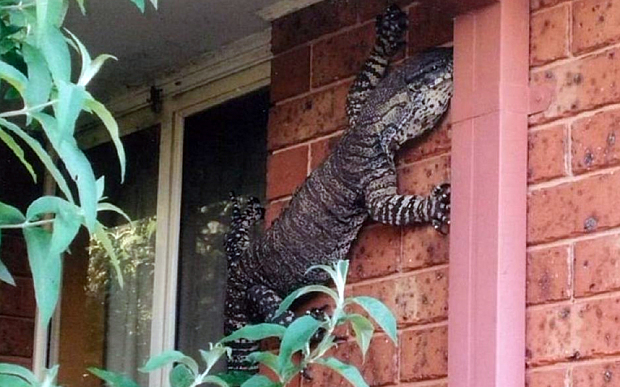Manchester’s Beetham Tower
Human Interest News — Posted on December 7, 2015
Beetham Tower in Manchester, England, has a reputation for howling, humming and whistling every time the wind picks up.
The skyscraper is irritating residents due to a ghastly howling noise it makes every time the wind blows because of a glass blade built at the top.
As this astonishing new footage (below) shows the £150 million ($226 million) building produces a high-pitched hum which alternately annoys and scares those living in the area.
The video was taken on Sunday, November 29th, when the city faced gale-force winds:
Residents in the city took to Twitter in droves last week to post about the eerie humming coming from the 554-ft building.
The 47-floor structure is one of the thinnest skyscrapers in the world, with a height to width ratio of 12:1 on the east-west facade.
The blade on the south side of the building which is thought to cause the howling during windy weather acts as a façade overrun, accentuating its slim form and it also doubles as a lightning rod.
The hum has been recorded as a B below middle C and gets louder the harder the wind blows.
Engineers have scaled the 47-floor tower to try and carry out repairs and modifications to reduce the din generated by its glass blade, but to no avail.
Work to reduce or eradicate the noise took place in 2007, 2008 and 2010.
Foam pads were installed in 2007, aluminum nosing in 2007 and further work done in February 2010 but attempts to eradicate the noise permanently have been unsuccessful.
In 2012, architect Ian Simpson, who lives in an apartment at the top of the tower, publicly apologized for the noise, which is made by the glass blade built at the top of the building.
Giant goanna gives Australian man a shock after climbing across his house
A man who discovered a five-foot goanna climbing across the side of his house in Australia said he “couldn’t have been more shocked if a Martian had landed.”

A five-foot goanna climbing across the side of Eric Holland’s house in Australia
Eric Holland, 80, was working in the shed in his back garden when he heard a banging noise and emerged to discover the giant reptile splayed across the side wall of his house.
“It blew the cobwebs out of me,” he told ABC News.
“He climbed up the bricks and got under the eve and his tail was twitching and hitting on the pipe… My yellow streak started to show and I jumped back in the shed.”
This goanna was thought to be a lace monitor, a native Australian reptile, which can grow to up to about seven feet in length. For the most part goannas are wary of humans, but are considered dangerous on account of their sharp teeth and claws.
Mr Holland, who lives in Albury in New South Wales, said the goanna quickly left the property and has not been seen since.
He took a photograph of the creature and was surprised when it made the local paper, though the image has since gone viral on social media.
“I couldn’t have been more shocked if a Martian had landed,” he said.
“I’ll be wearing my long pants and my big boots outside, that’s for sure.”
From wikipedia on goannas:
- A goanna is any of several Australian monitor lizards [Monitor lizard is the common name of several large lizard species, comprising the genus Varanus. They are native to Africa, Asia and Oceania, but are now found also in the Americas as an invasive species] of the genus Varanus, as well as certain species from Southeast Asia.
- Around 30 species of goanna are known, 25 of which are found in Australia. This varied group of carnivorous reptiles ranges greatly in size.
- The goanna features prominently in Aboriginal mythology and Australian folklore.
- Being predatory lizards, goannas are often quite large, or at least bulky, with sharp teeth and claws. The largest is the perentie (V. giganteus), which can grow over 8.2 ft in length.
- Not all goannas are gargantuan. Pygmy goannas may be smaller than a man’s arm. The smallest of these, the short-tailed monitor reaches only 20 cm in length. They survive on smaller prey, such as insects and mice.
- Goannas combine predatory and scavenging behaviors. A goanna will prey on any animal it can catch and is small enough to eat whole. Goannas have been blamed for the death of sheep by farmers, though most likely erroneously, as goannas are also eaters of carrion and are attracted to rotting meat.
From London’s Daily Mail and Daily Telegraph
